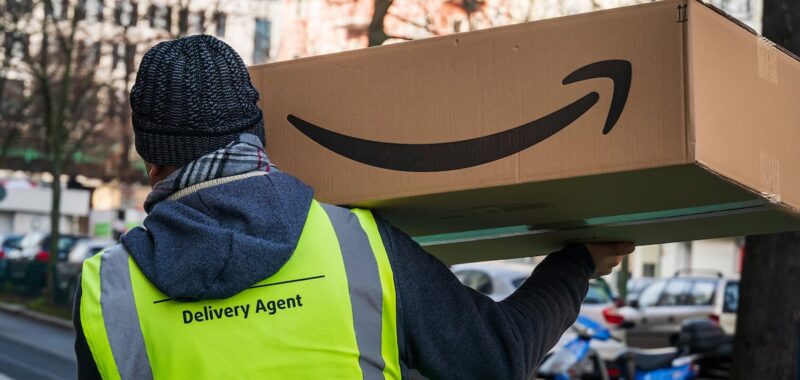
Chinese companies that sell products on Amazon are preparing to hike prices for the US or quit that market due to President Donald Trumpâs unprecedented tariff hikes, sellers and the head of Chinaâs largest e-commerce association said.
Trump said on Wednesday he would raise tariffs on Chinese imports to 125 percent from the 104 percent level already in effect, escalating the high-stakes confrontation between the two worldâs largest economies.
âThis isnât just a tax issue, itâs that the entire cost structure gets entirely overwhelmed,â said Wang Xin, the head of the Shenzhen Cross-Border E-Commerce Association, which represents more than 3,000 Amazon sellers.
âItâll be very hard for anyone to survive in the US market,â she told Reuters, noting the tariffs could also lead to customs delays and higher logistics costs.
âSo for all of us in the cross-border e-commerce business today, this is truly an unprecedented blow.â
Some sellers are looking to increase prices in the US while others are looking to find new markets, Wang said, in comments backed by five Shenzhen-based Amazon sellers interviewed by Reuters on Thursday.
China is home to around half of Amazonâs sellers, with over 100,000 Amazon businesses registered in the southern city of Shenzhen alone, generating annual revenues of $35.3 billion, according to e-commerce services provider SmartScout.
China also hosts the manufacturing bases of other major e-commerce platforms like Shein and Temu. Imports and exports involving cross-border e-commerce were worth 2.63 trillion yuan ($358 billion) last year, according to Chinaâs State Council.
No other country comes even close to US consumption power, significantly limiting the production the rest of the world can absorb and raising the risk of intensifying price wars among Chinese exporters squeezing profitability.
Of the five sellers who spoke to Reuters, three said they would look to raise prices for their exports to the US, while two planned to leave the market entirely.
Dave Fong, whose products range from schoolbags to Bluetooth speakers, said on Thursday he has raised prices in the US by up to 30 percent and would let inventory levels fall and lower spending on Amazon advertising fees, which once took up 40 percent of his US revenue.
âFor us and anyone else, you canât rely on the U.S. market, thatâs quite clear,â Fong said. âWe have to reduce investment, and put more resources into regions like Europe, Canada, Mexico and the rest of the world.â
Brian Miller, who has sold on Amazon from Shenzhen for seven years, said he did not see a reason to develop new products in the current environment and anticipated he and other sellers would need to raise prices steeply when current inventories run out in one or two months.
Building blocks for children that sell on Amazon for $20 that cost his company $3 to produce would now cost $7 including the tariff. Maintaining margins would require raising the price by at least 20 percent, and prices for higher-cost toys might see 50 percent increases, he said.
âI donât see a scenario, if things donât change, that serving the US from China is viable any more and manufacturing that serves the US will have to be transferred to other countries like Vietnam, or Mexico,â Miller said.
Given the severe impact on Chinaâs small enterprises and manufacturers, the tariffs risk leading to a rapid acceleration in Chinaâs unemployment rate, Wang said.
By David Kirton; Edited by Jamie Freed
Learn more:
Fashion Stocks Soar After Trump Pauses Tariffs on All Countries But China
The US will temporarily impose a universal 10 percent tariff instead of the higher levies announced last week, but duties on China will climb to 125 percent.

